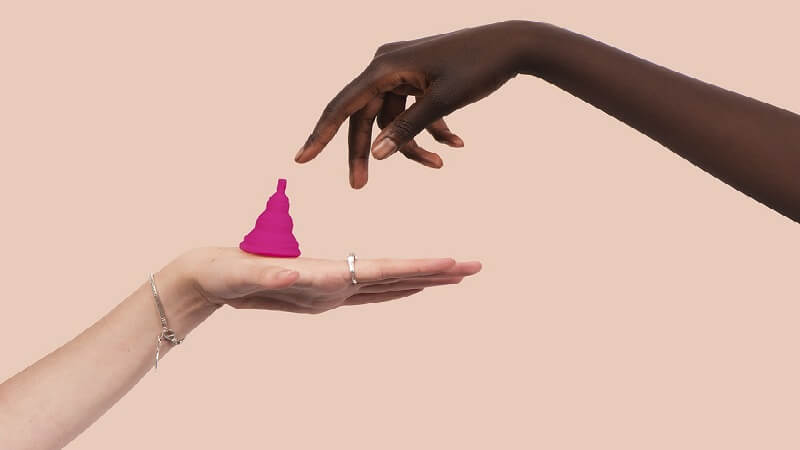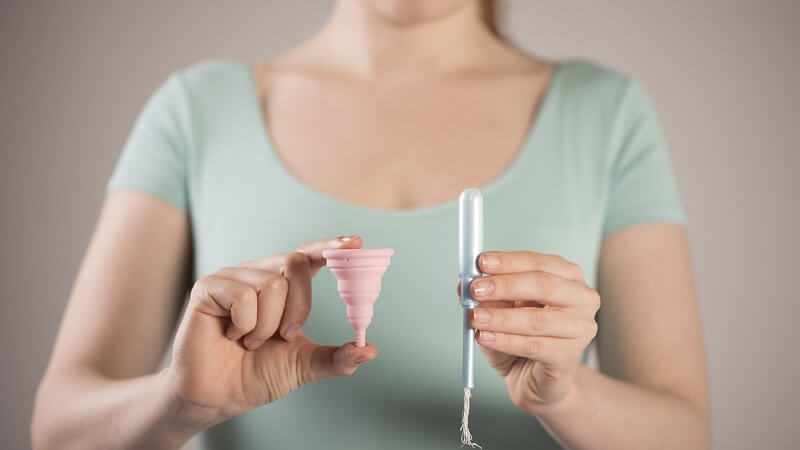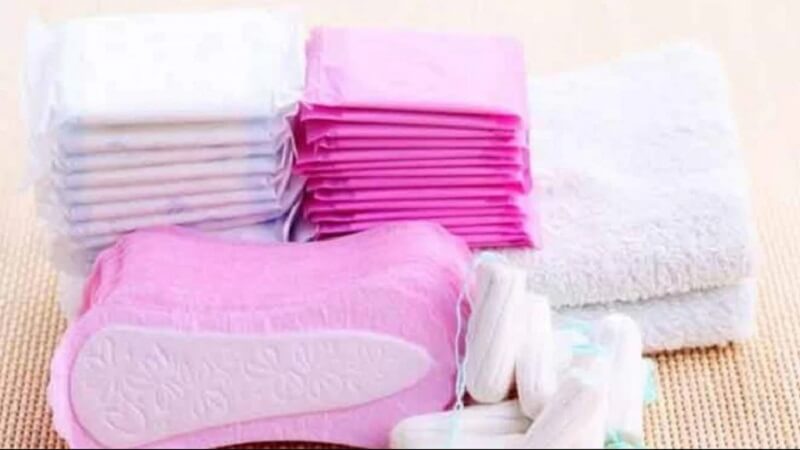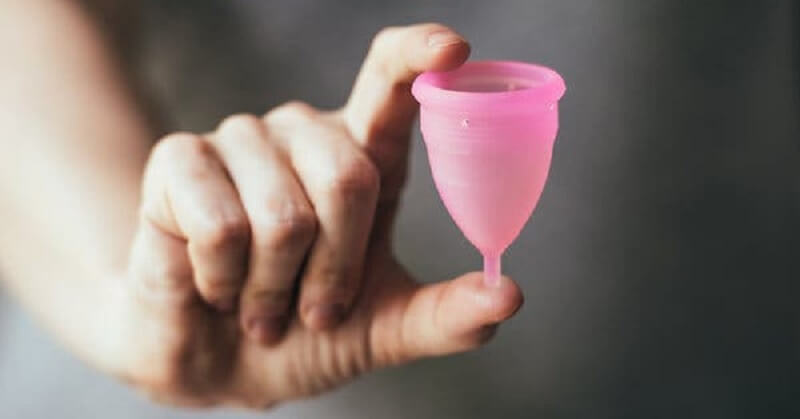Menstrual cups are continually earning more profits at the peak of the bull market. They are the ‘safest’ alternative to washable pads, sanitary tampons, or even ‘nothing,’ as what general medical consensus claims. People are now considering it as the best medium to deal with menstrual blood leaking to date.
The product widespread awareness reached East Africa and South Asia. Not only it provides a safe way of dealing with menstruation, but it also does Kenyans and Indians a right turn in other specific fields.
Menstrual Cups

Let’s have a brief introduction of menstrual cups first. An American actress Leona Chalmers first invented these cups in 1937. Other designs were patented in 1935, 1937, and 1950, as well. However, all of these weren’t considered as commercially successful due to several medically-related doubts.
It was just after 150 years that menstrual cups went under the spotlight. Nowadays, this product has arguably never been more popular than ever. It has even been predicted that the global market for menstrual cups will reach $46 million up to $1.4 billion in 2023.
Menstrual cups became the trend now because of several reasons. First, it’s medically safe. It collects blood rather than absorbs blood. The utilization of high-absorbency tampons has been found to be associated with a life-threatening condition called Toxic shock syndrome (TSS).
Second, menstrual cups are economical and environmentally-friendly. It is washable and can be used for up to 12 hours, which can save more money compared to using disposable pads or tampons. Also, it’s reusable for up to 10 years, supporting waste reduction.
You can see more of its advantages at daisymenstrualcup.com. Moreover, here’s how menstrual cups change the lives of many women in Kenya and India, as well as to the countries themselves.
Creates Economic And Academic Freedom To Women In East Africa

One post from HuffPost explained how menstrual cups revolutionize women in Kenya. In this country, sanitary pads cost an average of 75 Kenyan shillings. That’s approximately 72 cents in US money—it’s inexpensive.
The thing is the average daily salary of unskilled Kenyans workers is only around 1.15 US dollars. That means buying these sanitary pads every month would not be financially possible for several Kenyan women.
What Kenyan women utilize when they don’t have access to sanitary pads? Leaves, newspaper, cotton, rags, mattress stuffing, and mud (the worse) are their alternative resorts of menstrual management. All of these leads to severe infections, not to mention the discomfort it brings when worn during the day.
This issue isn’t only happening to Kenyan laborers. Due to menstruation and lack of materials to manage to leak menstrual blood, female students in Kenya tend to miss around four school days every month, which adds up to about 20% of the entire school year. Students in their period have to stay at home because of the lack of toilets in their community.
Menstrual cups solved this menstrual dilemma. First, as mentioned, these cups are reusable for up to ten years, relieving the monthly menstrual financial burden of many Kenyan women. Second, these cups can be used for up to 12 hours, allowing students to attend school and workers to work freely without worrying about their periods.
Advocates “zero waste” Menstrual Period In India

An article mentioned that India generates around 25,940 tonnes of plastic waste each day. What’s worse is that approximately 10,000 tonnes of plastic waste are uncollected every day, which would eventually end up in the natural environment.
Sanitary pad disposal contributes to the overall waste problem in India. One study found out that 60% of women in India dispose of their pads in the open, resulting in nearly 113,000 tonnes of menstrual waste every year.
Hence, many menstrual hygiene companies in the country made their products “organic” and “eco-friendly.” This, however, make the pads environmentally friendlier only and didn’t prompt a decrease in the overall waste of the country.
In addition to eco-friendliness, there is emergence for washable cloth sanitary pads. They don’t contain harmful chemicals, which made them environmentally friendly. However, they can only be used for up to five years. What’s more, improper maintenance of them can lead to health complications.
Menstrual cups can be one of the resolutions for this growing waste issue in India, instead. What makes it more beneficial? Eco-friendly pads need to be discarded monthly, whereas menstrual cups can be washed and reused every month.
Further, washable pads can be used for less than ten years, while menstrual cups can be reused for up to a decade. Menstrual cups don’t need high maintenance, like how you should do with washable pads, as well. In general, menstrual cups uphold a zero-waste menstrual period, resulting in a pad-less country.
Takeaway
The reason “it’s not good because of medically-related doubts” 150 years ago was more likely “lack of medical explanation,” a typical approach to any new product. Little did people (in the past) know, menstrual cups were way safer, cheaper, and eco-friendlier. If only we used menstrual cups many centuries ago, the present global pollution would more likely be lessened.
Entertales is on YouTube, Click here to subscribe for latest videos and updates.














